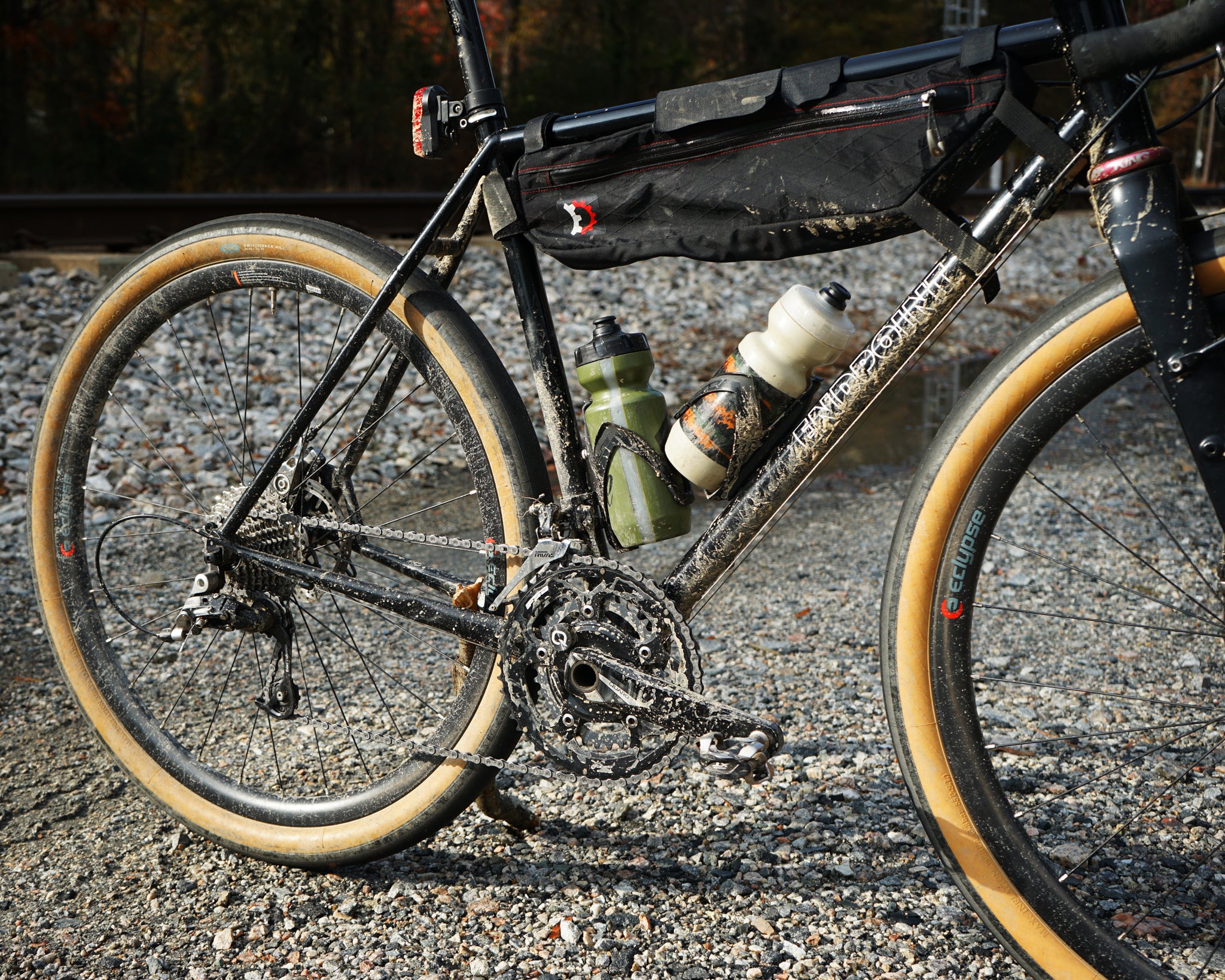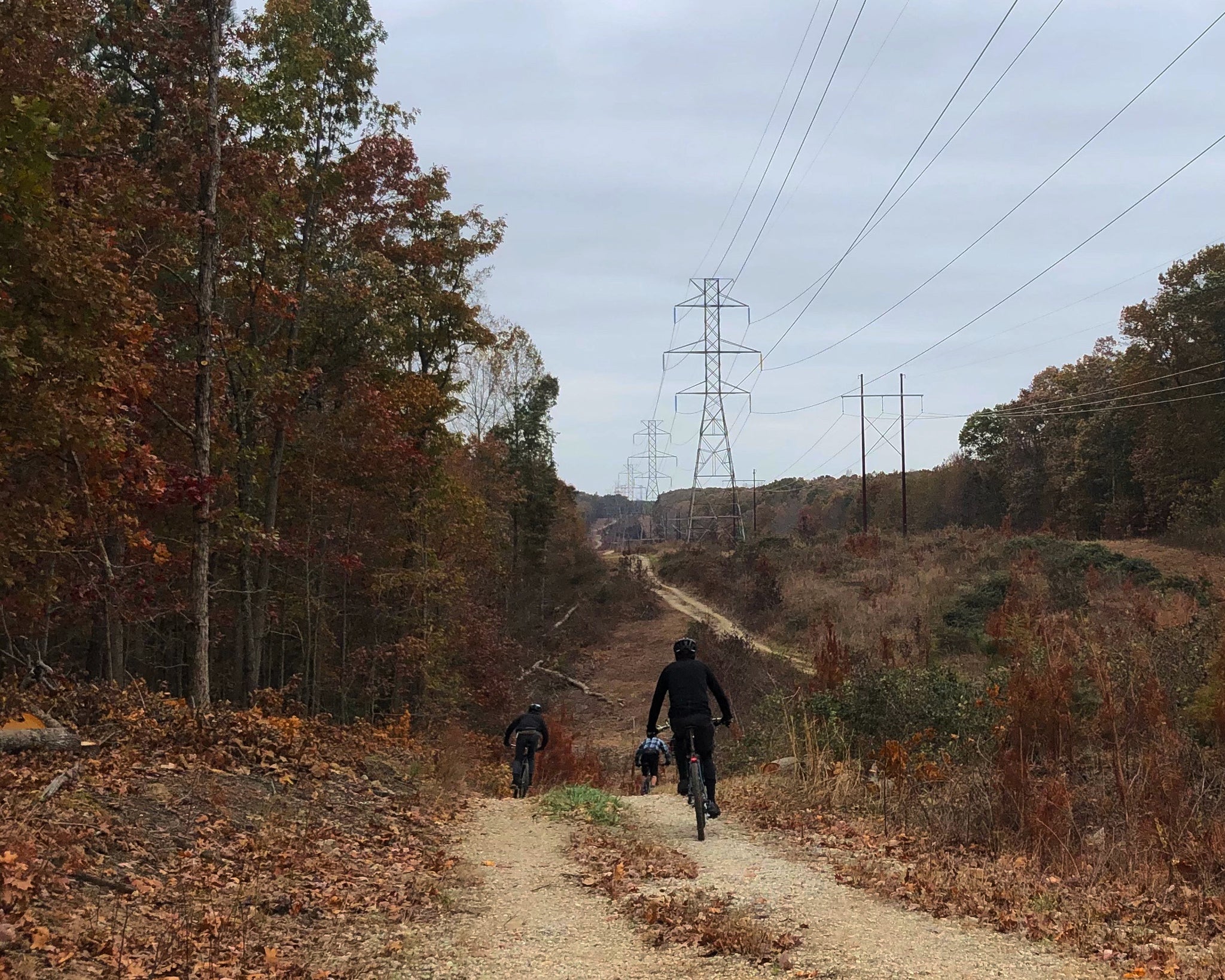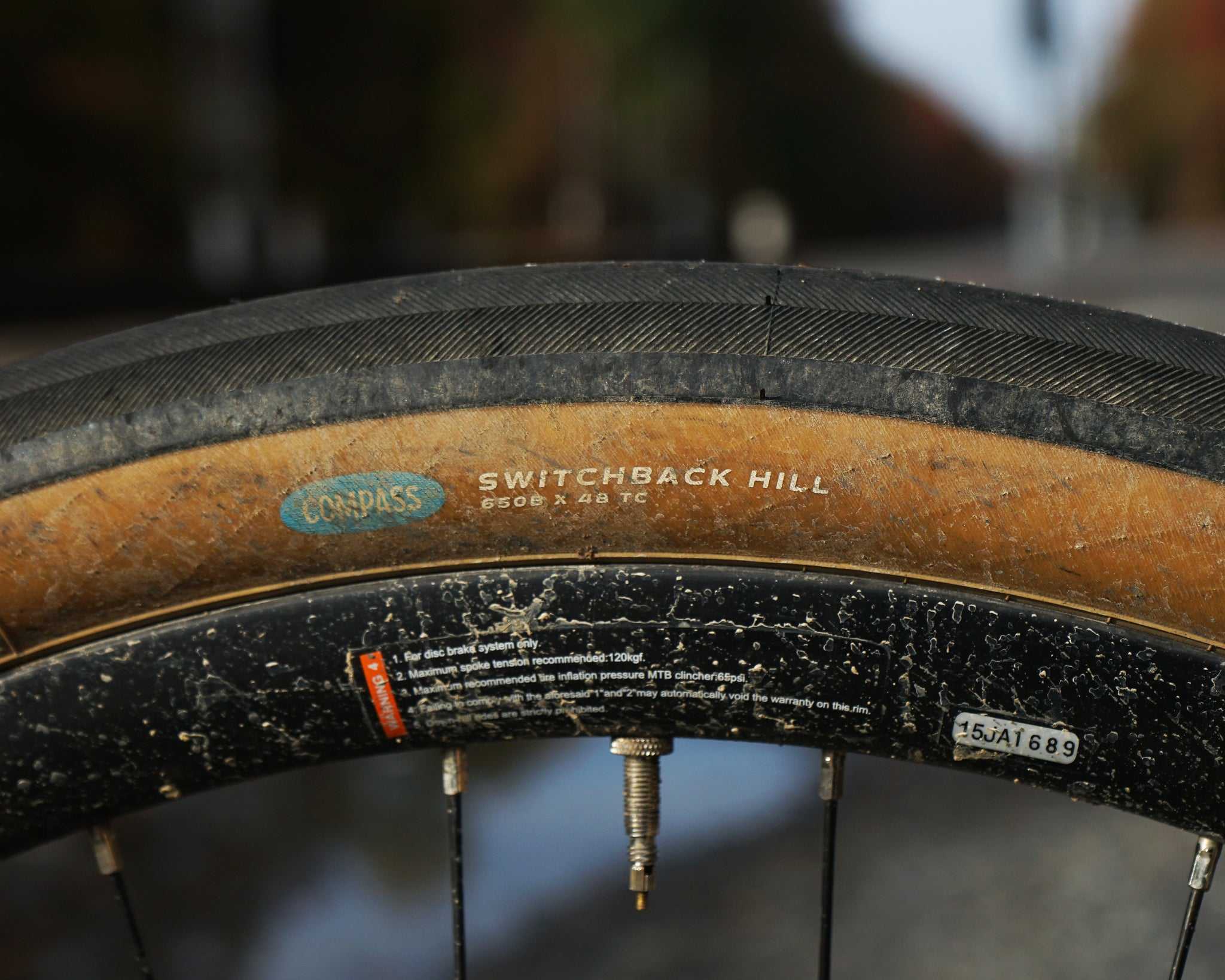Endpoint/ Coffee Grinder; Gravel, Groad, All-road...
What the heck is a gravel bike anyway? Depending on who you ask it can mean some fairly different things.
I’ve never cared for the term and back in 2013 when I started a little bike company called Endpoint with my friend Andy, the term really had not cropped up yet. When I look at the huge variety of so-called gravel bikes available today, it’s easy to forget that less than 10 years ago if you wanted a bike with drop handlebars and the ability to run a tire wider than the skinny ones on a racing bike you pretty much were going to end up with a cyclocross bike or a clunky touring bike. After years of riding cross and touring bikes, I realized I wanted something that had the feel of my road racing bike but with the wider tires that some off-road riding called for.
After a bit of experimentation, I settled on a design that worked for me.
To make it as simple as possible what I settled on was pretty much a classic road bike design with room for larger tires. I started out with 700x33 tires like the ones on a cyclocross bike but quickly discovered that there were a few companies starting to make tires for a wheel size called 650b ( for more on that check out our 650B BLOG). After a few small refinements, the bike here was the end result.

My Endpoint Coffee Grinder as you see it here is exactly what I used for the Dirtbags 100* gravel ride (and with a different set of wheels and tires, the bike I ride 90% of the time, including racing in the local crit series at Bryan Park). While I am always happy to stop and have a look around on a long ride, my inner bike racer still keeps me motivated to move quickly.
This bike allows me to balance on that line perfectly.

The Dirtbags 100* ride is an 80+ mile ride that covers a fairly wide variety of terrain.
The off-road sections run the gamut from groomed gravel roads to chunky crushed concrete to ATV trails and more. However, between all of these offroad parts, there is plenty of pavement. This type of ride is my favorite and my choice of equipment reflects that.
First and foremost is the frame and the position it allows me to ride in. I’ve never been particularly comfortable sitting very upright so my fit on this bike essentially mimics how I would sit on a racing bike. This combined with a relatively short wheelbase is the foundation of any bike for going fast.
It’s the build on the bike that makes the real difference.
Unlike most bikes, with this geometry, my Endpoint allows for the use of a 650b x 48mm wide tire. At more than twice the width of a racing tire, the additional volume of rubber and air makes an enormous difference. More volume means less air pressure. Less air pressure means a way smoother ride and way more stability off-road. What makes this particular setup special is how the 650b wheel size and my choice of tire work together. The 650b rim size is smaller than that of the classic road bike rim and when combined with a wide tire makes an overall diameter that is almost identical to that of a road racing wheel and tire. That means the perfect handling of a racing-inspired bike remains perfectly intact. Unlike cross bikes or 700c gravel bikes with fat tires, my center of gravity is not jacked up higher into the air. That means more confidence and better handling.

After trying a few things I settled on the Switchback Hills tire from Rene Herse. The perfect compliment to my bike this tire is built to go as fast as possible over mixed surfaces. While it’s not quite as fast as a pure road racing tire, it’s close enough that long stretches of pavement between off-road sections are far from being a drag. These are, of course, set up tubeless. It’s been an inside joke for years that if you show up to one of my rides you should expect some shenanigans and be sure to have tubeless tires.
The drivetrain is selected to give me the widest possible range of gears without resorting to huge jumps in resistance when shifting.
A key consideration for mixed surface bikes that see lots of pavement miles. This is best accomplished with a two chainring crank and slightly wider than average range of gears in the back rather than the 1x11 drivetrains that are common on “gravel bikes”. 50-34 road “compact” rings with an 11-34 cassette give me the low 1 to 1 gear I want for keeping traction on steep unpaved climbs.

Lastly, on long rides and especially rides with some time bouncing around down a powerline cut or through a state forest,...
I really don’t want to be carrying anything in a jersey pocket beside my cell phone and a few snacks. Being prepared for a ride like the Dirtbags 100 means carrying a bit more gear than you would on a ride to Charles City and back on the Capital Trail. My kit is properly stocked and as a result, heavier than I want on my back. A small front rack and bag for my gear and a frame bag for extra clothing layers and other essentials for adventures like a battery pack and more snacks are key.
There are still not many bikes out there that combine this exact mix of features but some companies are starting to catch on. Check out a great 2019 Endpoint Coffee Grinder 700c custom build, the new Marin Nicasio 2 and the 2020 Norco Search XR steel, all three do a pretty great job of doing what my bike does best. Long rides with friends over just about anything that could be loosely referred to as “road” and a bit further.



